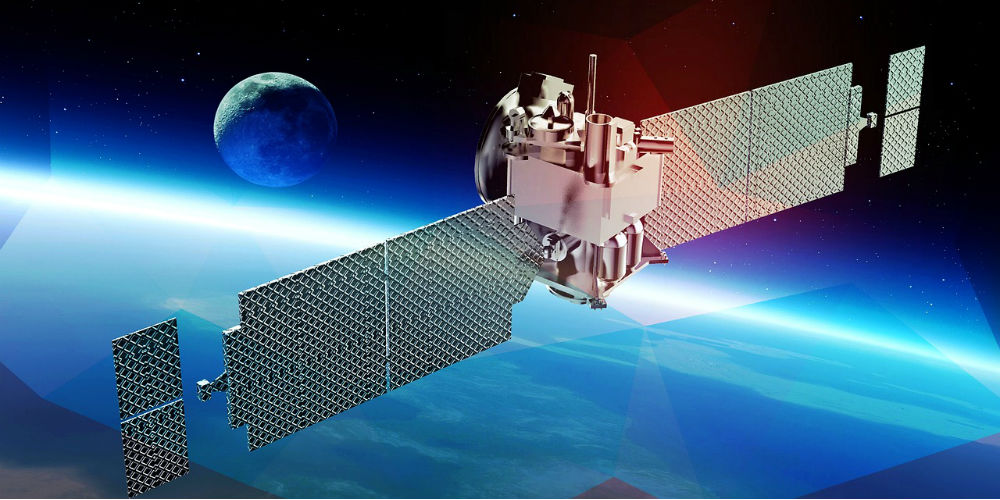The regulator in the United States approved the SpaceX project to launch thousands of satellites into Earth orbit

Now several companies are engaged in the implementation of projects to increase the penetration of high-speed Internet to different regions of our planet. One of these companies is SpaceX. On Geektimes several times they wrote about the plans of Ilon Musk to provide satellite coverage of the entire surface of the Earth by a satellite. It is planned to do this with the help of 4425 communication satellites. All at once to send satellites will not work, the project is phased. The last stage is scheduled for 2024.
Recently it became known that the Federal Communications Commission of the United States allowed the company to implement its project. According to the plan, 50% of satellites will work in their places as early as March 2024, the rest will go into orbit by 2027.
According to representatives of the commission, the approval of the project allows SpaceX to provide high-speed Internet as users in the United States and around the world. At the moment, there are still many places on Earth where there is no Internet at all, even slow. SpaceX will solve the problem.
The satellite network, called Starlink , must receive another permission from an organization called the International Telecommunication Union (ITU). Companies will have to comply with many of the regulations of the Union, most of them are described here . In addition, like other operators, SpaceX will have to comply with the frequency rules of the US Federal Communications Commission.
According to the plan, the company's satellites will go into orbits from 1,110 km to 1,325 km from the Earth's surface. The existing network of satellites HughesNet , which is in an orbit of 35,400 km, will not be affected. Networks will not be able to intersect. Ilon Musk said earlier that the network would indeed cover the entire Earth.
According to SpaceX, its network will allow to connect to the Internet at speeds in gigabits per second, with delays from 25 ms to 35 ms. Thus, the connectivity characteristics provided by this network will be similar to the connectivity of the fiber optic network. Now the delay of existing satellite networks is 600 ms and more .
Last month, SpaceX launched the first satellites to demonstrate the capabilities of its network. In addition to the 4,425 satellites, the company proposes to launch another 7,500 satellites, which will be even closer to Earth than the first constellation. This will provide a better connection for residents of densely populated regions. It is clear that if the region is slightly populated, then the residents of this location will be able to get the maximum connection speed. In megacities, provided that tens and hundreds of thousands of people want to connect to the network, the channel width may simply not be enough for everyone.
In addition to the connection speed, there is another problem. This is the danger of spaceX satellites colliding with each other. In the opinion of the Federal Communications Commission, it is necessary to ensure maximum efforts in order to eliminate the likelihood of emergencies. The problem is not so much in the satellites, as in the product of the "accident" - space debris. Its already a huge amount, and if all these thousands of satellites begin to collide with each other, the amount of garbage will begin to grow exponentially. All because the systems are moving with great speed. The collision gives rise to the emergence of tens and hundreds of new elements that move very quickly, colliding with other satellites. The result of such chaos is unpredictable.
SpaceX is still working on a detailed plan for solving the problem of space debris with respect to its network. It is worth noting that there are approximately 1,700 satellites currently operating in orbit. Over the entire existence of the space industry, 4,600 systems have been sent into orbit. Thus, two thirds of these satellites are no longer used, representing space junk. If SpaceX does launch all its satellites, it will double their number in outer space.
It is clear that all this worries international and national regulators. But the company promised that the network development plan provides for the solution of all problem areas of the project. More detailed information will be provided by the company a little later.
